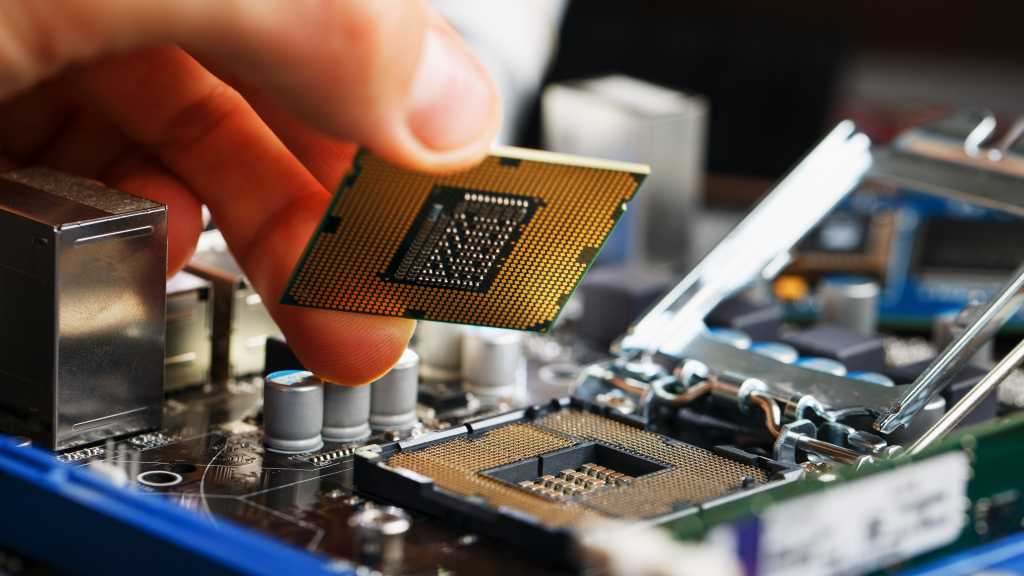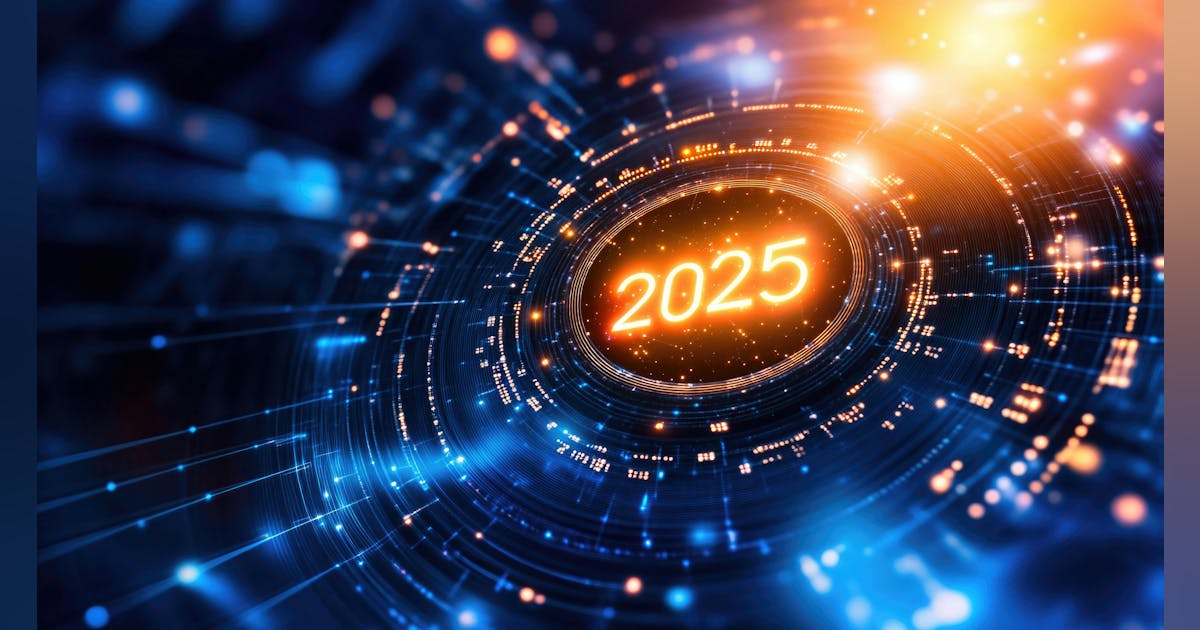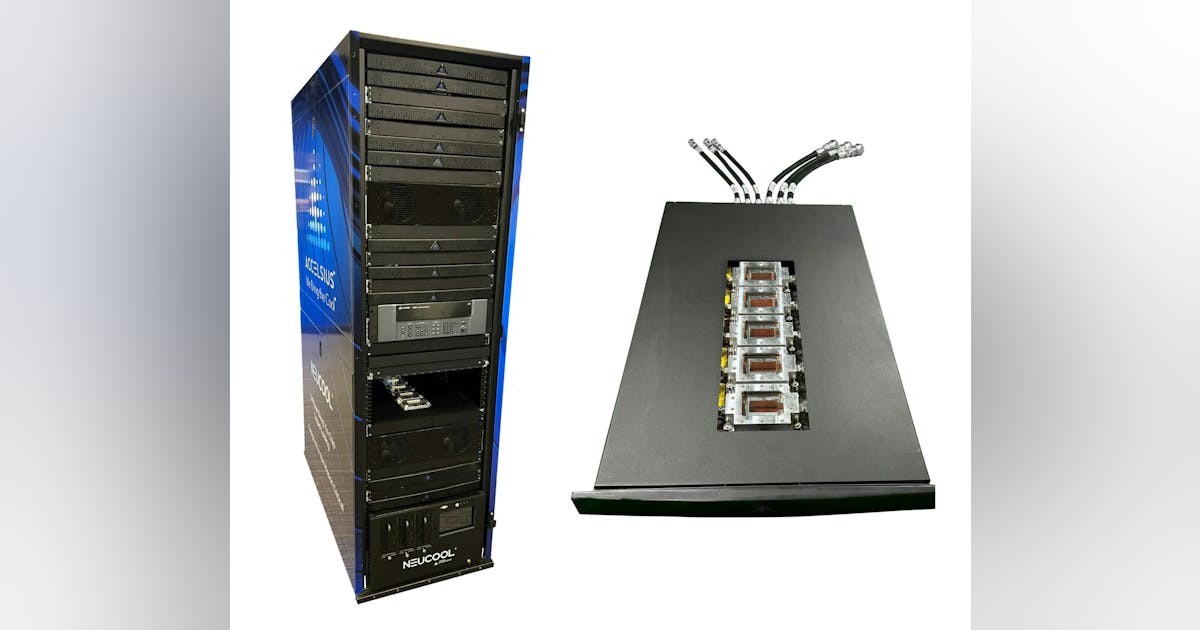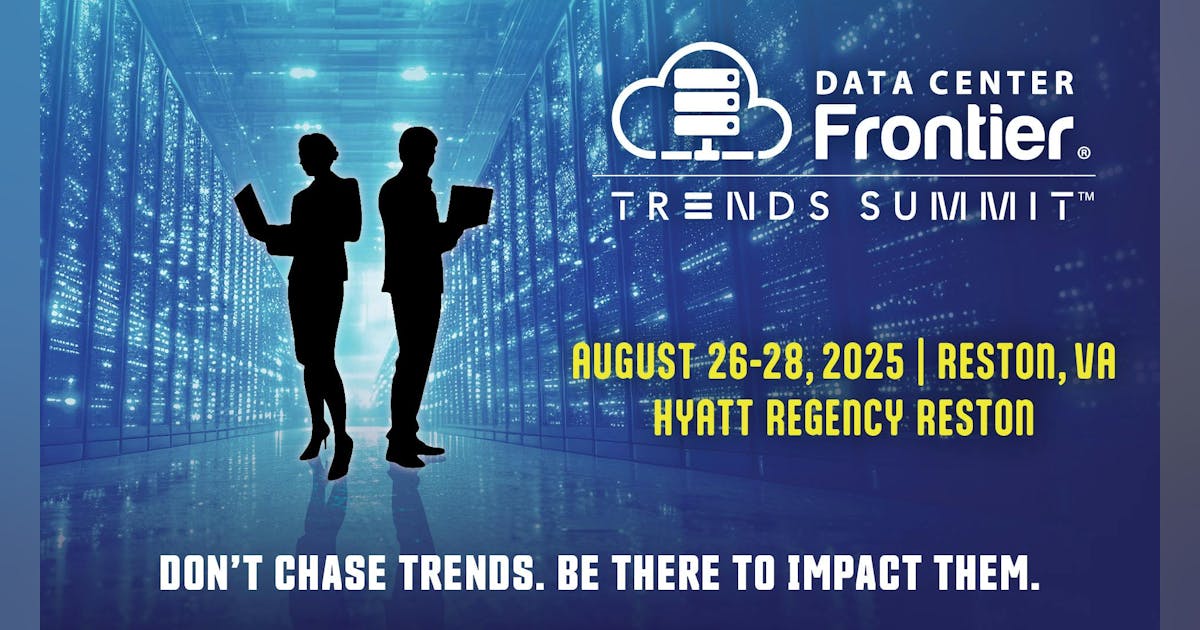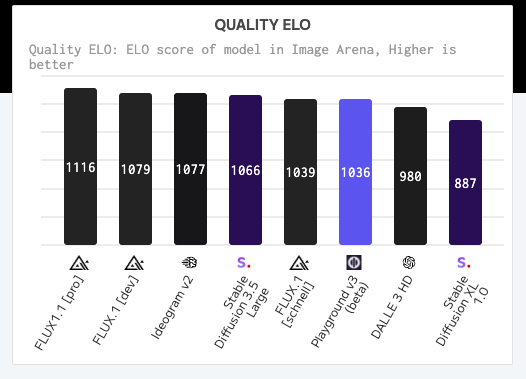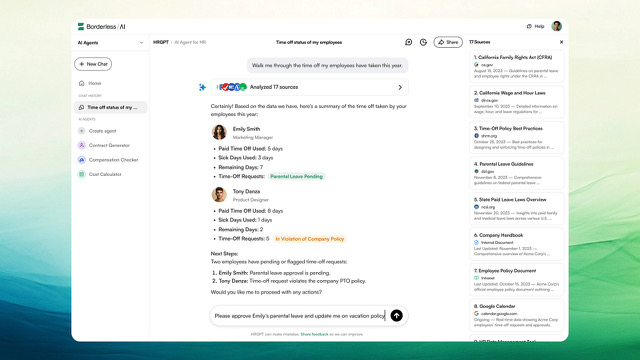Join our daily and weekly newsletters for the latest updates and exclusive content on industry-leading AI coverage. Learn More
The signs are everywhere that edge computing is about to transform AI as we know it. As AI moves beyond centralized data centers, we’re seeing smartphones run sophisticated language models locally, smart devices processing computer vision at the edge and autonomous vehicles making split-second decisions without cloud connectivity.
“A lot of attention in the AI space right now is on training, which makes sense in traditional hyperscale public clouds,” said Rita Kozlov, VP of product at Cloudflare. “You need a bunch of powerful machines close together to do really big workloads, and those clusters of machines are what are going to predict the weather, or model a new pharmaceutical discovery. But we’re right on the cusp of AI workloads shifting from training to inference, and that’s where we see edge becoming the dominant paradigm.”
Kozlov predicts that inference will move progressively closer to users — either running directly on devices, as with autonomous vehicles, or at the network edge. “For AI to become a part of a regular person’s daily life, they’re going to expect it to be instantaneous and seamless, just like our expectations for web performance changed once we carried smartphones in our pockets and started to depend on it for every transaction,” she explained. “And because not every device is going to have the power or battery life to do inference, the edge is the next best place.”
Yet this shift toward edge computing won’t necessarily reduce cloud usage as many predicted. Instead, the proliferation of edge AI is driving increased cloud consumption, revealing an interdependency that could reshape enterprise AI strategies. In fact, edge inference represents only the final step in a complex AI pipeline that depends heavily on cloud computing for data storage, processing and model training.
New research from Hong Kong University of Science and Technology and Microsoft Research Asia demonstrates just how deep this dependency runs — and why the cloud’s role may actually grow more vital as edge AI expands. The researchers’ extensive testing reveals the intricate interplay required between cloud, edge and client devices to make AI tasks work more effectively.
How edge and cloud complement each other in AI deployments
To understand exactly how this cloud-edge relationship works in practice, the research team constructed a test environment mirroring real-world enterprise deployments. Their experimental setup included Microsoft Azure cloud servers for orchestration and heavy processing, a GeForce RTX 4090 edge server for intermediate computation and Jetson Nano boards representing client devices. This three-layer architecture revealed the precise computational demands at each level.
The key test involved processing user requests expressed in natural language. When a user asked the system to analyze a photo, GPT running on the Azure cloud server first interpreted the request, then determined which specialized AI models to invoke. For image classification tasks, it deployed a vision transformer model, while image captioning and visual questions used bootstrapping language-image rre-training (BLIP). This demonstrated how cloud servers must handle the complex orchestration of multiple AI models, even for seemingly simple requests.
The team’s most significant finding came when they compared three different processing approaches. Edge-only inference, which relied solely on the RTX 4090 server, performed well when network bandwidth exceeded 300 KB/s, but faltered dramatically as speeds dropped. Client-only inference running on the Jetson Nano boards avoided network bottlenecks but couldn’t handle complex tasks like visual question answering. The hybrid approach — splitting computation between edge and client — proved most resilient, maintaining performance even when bandwidth fell below optimal levels.
These limitations drove the team to develop new compression techniques specifically for AI workloads. Their task-oriented method achieved remarkable efficiency: Maintaining 84.02% accuracy on image classification while reducing data transmission from 224KB to just 32.83KB per instance. For image captioning, they preserved high-quality results (biLingual evaluation understudy — BLEU — scores of 39.58 vs 39.66) while slashing bandwidth requirements by 92%. These improvements demonstrate how edge-cloud systems must evolve specialized optimizations to work effectively.
But the team’s federated learning experiments revealed perhaps the most compelling evidence of edge-cloud symbiosis. Running tests across 10 Jetson Nano boards acting as client devices, they explored how AI models could learn from distributed data while maintaining privacy. The system operated with real-world network constraints: 250 KB/s uplink and 500 KB/s downlink speeds, typical of edge deployments.
Through careful orchestration between cloud and edge, the system achieved over ~68% accuracy on the CIFAR10 dataset while keeping all training data local to the devices. CIFAR10 is a widely used dataset in machine learning (ML) and computer vision for image classification tasks. It consists of 60,000 color images, each 32X32 pixels in size, divided into 10 different classes. The dataset includes 6,000 images per class, with 5,000 for training and 1,000 for testing.
This success required an intricate dance: Edge devices running local training iterations, the cloud server aggregating model improvements without accessing raw data and a sophisticated compression system to minimize network traffic during model updates.
This federated approach proved particularly significant for real-world applications. For visual question-answering tasks under bandwidth constraints, the system maintained 78.22% accuracy while requiring only 20.39KB per transmission — nearly matching the 78.32% accuracy of implementations that required 372.58KB. The dramatic reduction in data transfer requirements, combined with strong accuracy preservation, demonstrated how cloud-edge systems could maintain high performance even in challenging network conditions.
Architecting for edge-cloud
The research findings present a roadmap for organizations planning AI deployments, with implications that cut across network architecture, hardware requirements and privacy frameworks. Most critically, the results suggest that attempting to deploy AI solely at the edge or solely in the cloud leads to significant compromises in performance and reliability.
Network architecture emerges as a critical consideration. While the study showed that high-bandwidth tasks like visual question answering need up to 500 KB/s for optimal performance, the hybrid architecture demonstrated remarkable adaptability. When network speeds dropped below 300 KB/s, the system automatically redistributed workloads between edge and cloud to maintain performance. For example, when processing visual questions under bandwidth constraints, the system achieved 78.22% accuracy using just 20.39KB per transmission — nearly matching the 78.32% accuracy of full-bandwidth implementations that required 372.58KB.
The hardware configuration findings challenge common assumptions about edge AI requirements. While the edge server utilized a high-end GeForce RTX 4090, client devices ran effectively on modest Jetson Nano boards. Different tasks showed distinct hardware demands:
- Image classification worked well on basic client devices with minimal cloud support
- Image captioning required more substantial edge server involvement
- Visual question answering required sophisticated cloud-edge coordination
For enterprises concerned with data privacy, the federated learning implementation offers a particularly compelling model. By achieving 70% accuracy on the CIFAR10 dataset while keeping all training data local to devices, the system demonstrated how organizations can leverage AI capabilities without compromising sensitive information. This required coordinating three key elements:
- Local model training on edge devices
- Secure model update aggregation in the cloud
- Privacy-preserving compression for model updates
Build versus buy
Organizations that view edge AI merely as a way to reduce cloud dependency are missing the larger transformation. The research suggests that successful edge AI deployments require deep integration between edge and cloud resources, sophisticated orchestration layers and new approaches to data management.
The complexity of these systems means that even organizations with substantial technical resources may find building custom solutions counterproductive. While the research presents a compelling case for hybrid cloud-edge architectures, most organizations simply won’t need to build such systems from scratch.
Instead, enterprises can leverage existing edge computing providers to achieve similar benefits. Cloudflare, for example, has built out one of the largest global footprints for AI inference, with GPUs now deployed in more than 180 cities worldwide. The company also recently enhanced its network to support larger models like Llama 3.1 70B while reducing median query latency to just 31 milliseconds, compared to 549ms previously.
These improvements extend beyond raw performance metrics. Cloudflare’s introduction of persistent logs and enhanced monitoring capabilities addresses another key finding from the research: The need for sophisticated orchestration between edge and cloud resources. Their vector database improvements, which now support up to 5 million vectors with dramatically reduced query times, show how commercial platforms can deliver task-oriented optimization.
For enterprises looking to deploy edge AI applications, the choice increasingly isn’t whether to build or buy, but rather which provider can best support their specific use cases. The rapid advancement of commercial platforms means organizations can focus on developing their AI applications rather than building infrastructure. As edge AI continues to evolve, this trend toward specialized platforms that abstract away the complexity of edge-cloud coordination is likely to accelerate, making sophisticated edge AI capabilities accessible to a broader range of organizations.
The new AI infrastructure economics
The convergence of edge computing and AI is revealing something far more significant than a technical evolution — it’s unveiling a fundamental restructuring of the AI infrastructure economy. There are three transformative shifts that will reshape enterprise AI strategy.
First, we’re witnessing the emergence of what might be called “infrastructure arbitrage” in AI deployment. The true value driver isn’t raw computing power — it’s the ability to dynamically optimize workload distribution across a global network. This suggests that enterprises building their own edge AI infrastructure aren’t just competing against commercial platforms; they’re also competing against the fundamental economics of global scale and optimization.
Second, the research reveals an emerging “capability paradox” in edge AI deployment. As these systems become more sophisticated, they actually increase rather than decrease dependency on cloud resources. This contradicts the conventional wisdom that edge computing represents a move away from centralized infrastructure. Instead, we’re seeing the emergence of a new economic model where edge and cloud capabilities are multiplicative rather than substitutive — creating value through their interaction rather than their independence.
Perhaps most profoundly, the rise of what could be termed “orchestration capital,” where competitive advantage derives not from owning infrastructure or developing models, but from the sophisticated optimization of how these resources interact. It’s about building a new form of intellectual property around the orchestration of AI workloads.
For enterprise leaders, these insights demand a fundamental rethinking of AI strategy. The traditional build-versus-buy decision framework is becoming obsolete in a world where the key value driver is orchestrating. Organizations that understand this shift will stop viewing edge AI as a technical infrastructure decision and begin seeing it as a strategic capability that requires new forms of expertise and organizational learning.
Looking ahead, this suggests that the next wave of AI innovation won’t come from better models or faster hardware, but from increasingly sophisticated approaches to orchestrating the interaction between edge and cloud resources. The entire economic structure of AI deployment is likely to evolve accordingly.
The enterprises that thrive in this new landscape will be those that develop deep competencies in what might be called “orchestration intelligence,” or the ability to dynamically optimize complex hybrid systems for maximum value creation. This represents a fundamental shift in how we think about competitive advantage in the AI era, moving from a focus on ownership and control to a focus on optimization and orchestration.
Daily insights on business use cases with VB Daily
If you want to impress your boss, VB Daily has you covered. We give you the inside scoop on what companies are doing with generative AI, from regulatory shifts to practical deployments, so you can share insights for maximum ROI.
Read our Privacy Policy
Thanks for subscribing. Check out more VB newsletters here.
An error occured.












